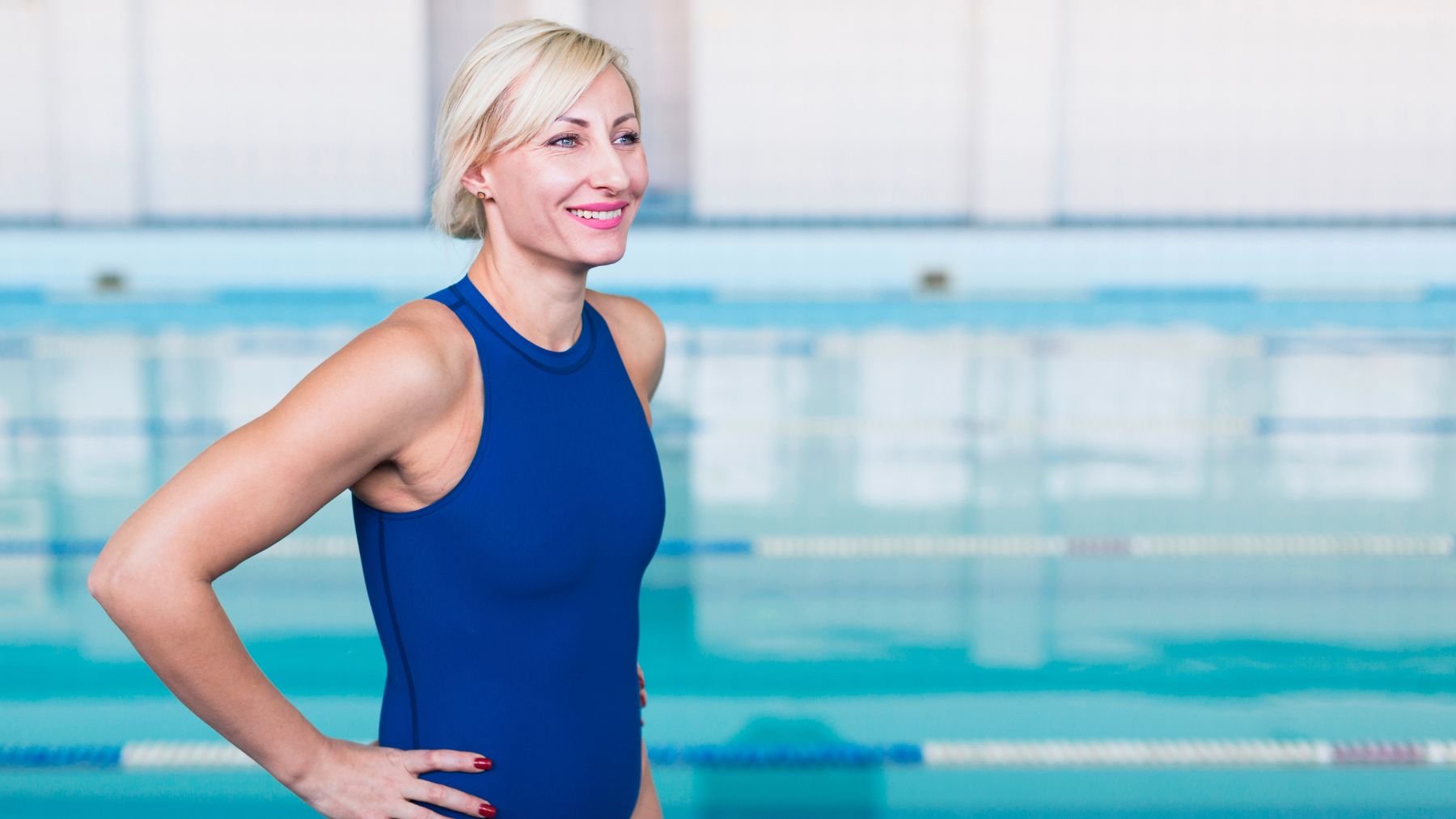If you’re over 60 and knee pain makes land-based exercises difficult, water workouts provide a safe and gentle alternative. These aquatic sessions build strength, stability, and balance without jarring your joints. One exercise in particular—side leg extension—stands out for targeting both muscle strengthening and balance improvement.
Here, we’ll break down exactly how to perform the side leg extension and explain why it works so well for seniors. You’ll also discover several other low-impact aquatic moves, including water aerobics routines used in rehabilitation and senior fitness programs, to round out your exercise regimen.
How side leg extensions promote balance and strength for seniors
Stand in water that reaches from your waist to chest depth. Use the pool edge or a swim spa bar for support. Extend one leg straight and slowly lift it out to the side, moving it away from your body. Pause briefly when your leg reaches hip height, then lower it with controlled movement. This action is designed to maximize muscle activation and balance training. Aim for 30 seconds per leg before switching sides.
This move strengthens your outer thighs and hips, which are essential for maintaining balance. The water’s natural resistance compels these muscles to work harder as you lift, building stability without the need for additional weights. Because water supports your body, there is zero impact on your knees or hips. Even if arthritis or previous injuries limit your movement, this exercise remains accessible and manageable.
More effective water exercises for those over 60
Once you’ve mastered the side leg extension, try adding these to your routine. Each move focuses on strength and balance while keeping pressure off the joints:
- Step downs: Face the swim spa steps or pool ladder. Place one foot firmly on the bottom step. Slowly lower your body by bending your standing leg, then push back up to the starting position. Do 10–12 reps per leg. This exercise builds quadriceps and glute strength, easing everyday challenges such as climbing stairs.
- Step-down holds: Begin with the same positioning as step downs. Lower your body into position and hold for 30–45 seconds per leg. This static variation boosts leg endurance and challenges your balance.
- Kickboard knee raises: Hold a kickboard underwater with one foot. Press down to straighten your leg, then slowly bend your knee to raise the board toward the surface. Repeat 12–15 times per leg. This not only strengthens your thighs but also improves knee control, enhancing mobility and stability.
- Lift kicks: Stand upright while gripping the pool edge for balance. Bend one knee toward your chest, then extend the leg straight out in front before reversing the motion. Do 12–15 reps per leg. This move enhances hip mobility, actively engages the core, and promotes coordination—qualities that are central to folks in the older years.
Mix these exercises into your sessions two to three times per week. Begin at a comfortable pace and focus on controlled, deliberate movements rather than speed. With ongoing practice, you’ll experience steadier walking and a decreased reliance on railings or counters for support.
